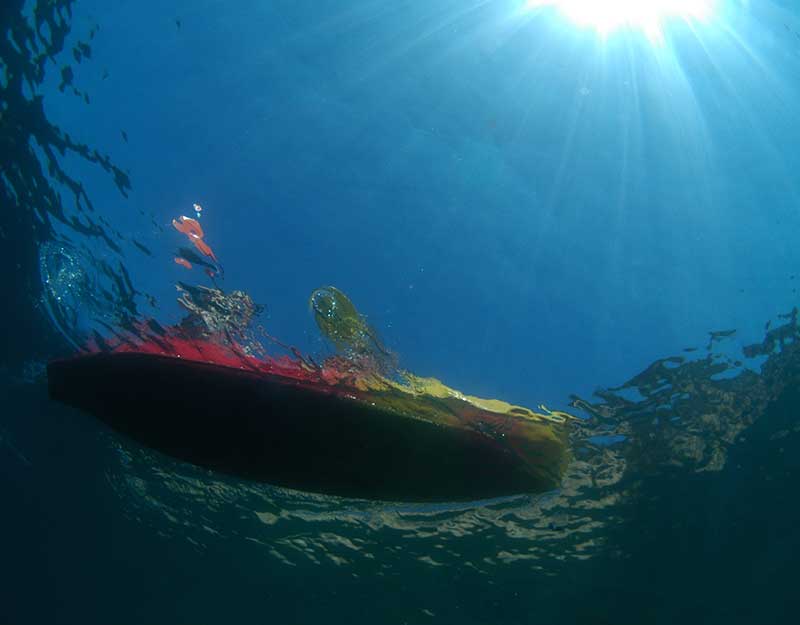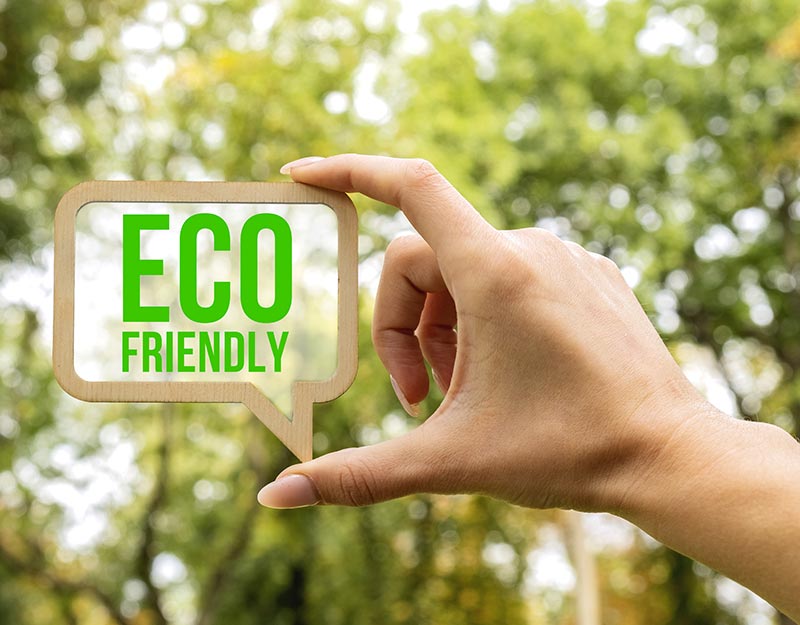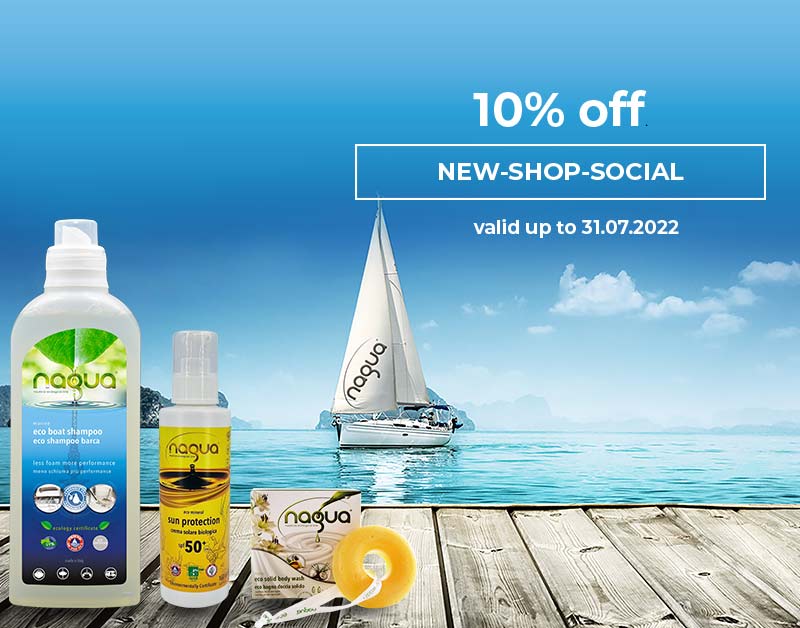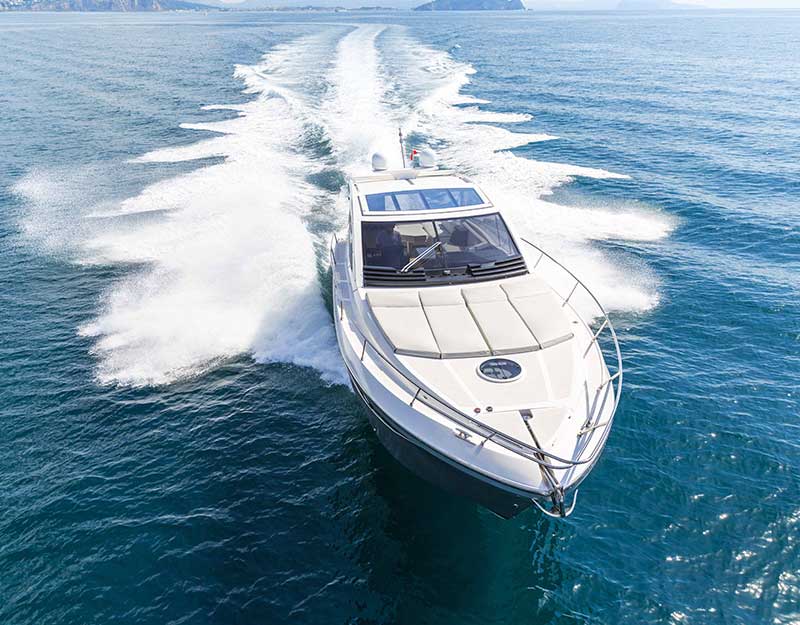
Nautical sustainability: contribute to the preservation of the oceans with your boat
16/11/2021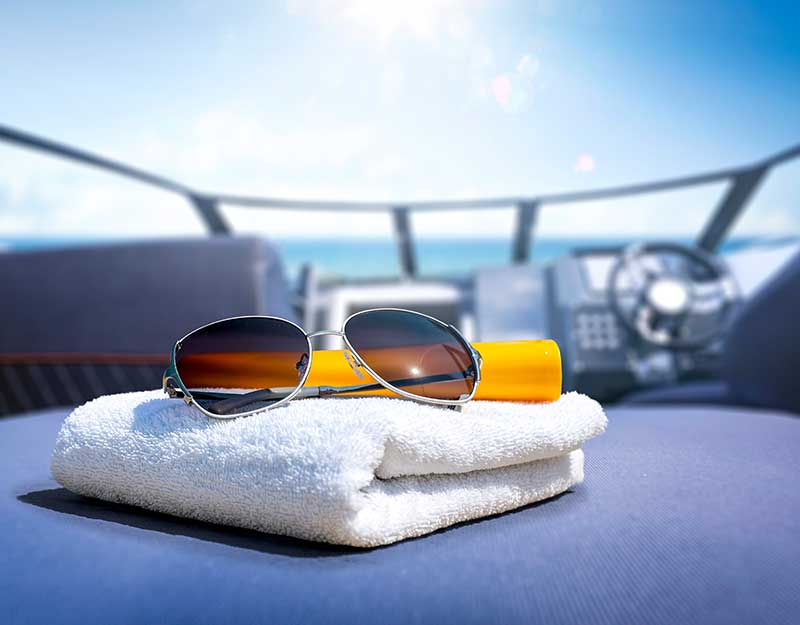
Ecological fabrics for boating: a sustainable choice
26/11/2021Keeping the boat’s hull clean and free from biofouling not only increases the life of the boat, it also protects the marine environment.
Biofouling is a process that naturally affects boat hulls. This happens because, during the life of a boat, microorganisms, plants, algae or animals adhere to the hull, forming a layer of organisms. These, in turn, are considered invasive aquatic species. Therefore, they not only harm the functioning of the boat, but are also considered a threat to the marine environment.
Why is biofouling so harmful?
The intrusion of these organisms into the hulls of boats is harmful for a number of reasons. The first one is linked to the marine environmental imbalance. This is because these species, which have a high survival rate, spread in the ocean and reproduce easily. Thus, they establish a host population outside their natural habitat, unbalancing the food chain and the marine environment.
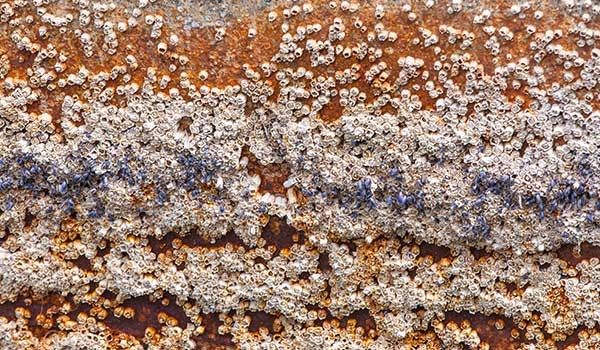
Biofouling is a process where microorganisms adhere to the hull, forming a layer that is harmful to both boats and the ocean.
In addition, these organisms damage boats and slow down boats. This generates an increase of up to 40% in fuel use. Therefore, it generates more pollution and more fuel expenses. These alone are significant reasons to avoid biofouling.
How to protect your boat and the sea?
A solution on the market is able to protect not only your boat’s hull, but also the sea. Called anti-fouling products, they are materials that, when applied to the hull of boats, prevent the accumulation of these organisms.
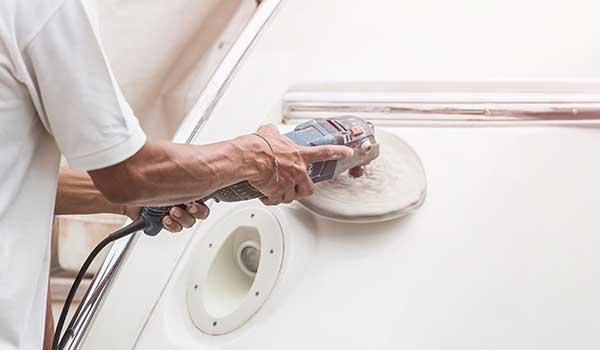
Proper treatment with anti-fouling products keeps boat hulls healthy and also helps nature.
These products can be special paints, coatings and custom-made ultrasonics to avoid these incrustations, keeping the periodic cleaning of boats up to date. The main components of these products are:
- Hydrophobic Dirt Release Coatings: These low energy coatings allow for easy release of marine organisms;
- Copper-free anti-fouling: These paints are harmless, repelling marine organisms from the hull rather than killing them;
- Nanometric Anti-fouling: These coatings create a surface so slippery that no organisms can adhere. Studies indicate that it may work, but only on boats with speeds of 10 knots or more.
Font: Safety 4 Sea
